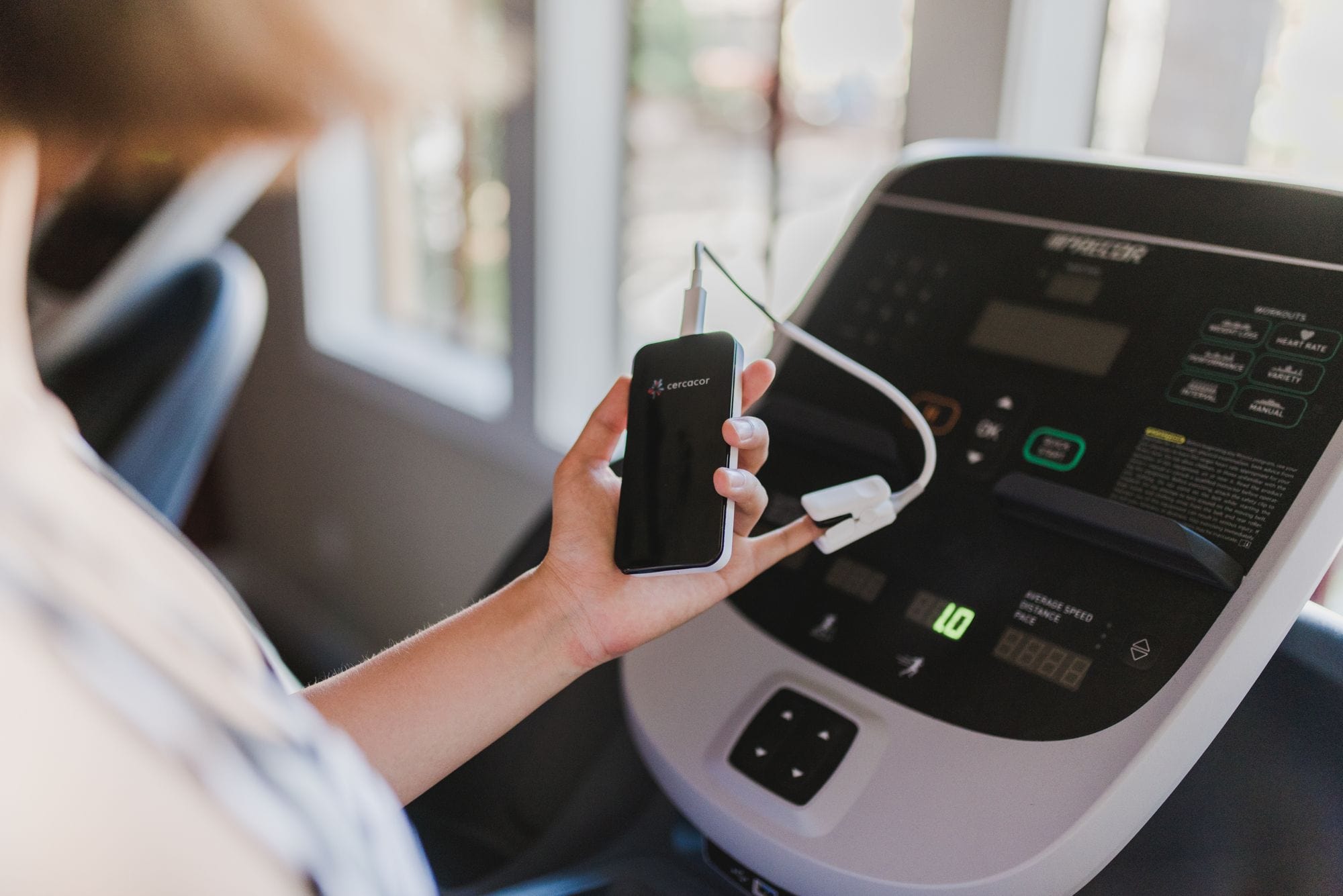Elevation (or altitude) training is a useful yet expensive tool utilized by many endurance athletes to prepare and gain an edge for major competitions.
The costs of travel, housing and food for two to four weeks of training at altitude can easily hit $5,000. Financial, timing and logistic constraints keep most athletes from doing no more than one or two elevation training camps a year.
Some athletes turn to altitude tents to avoid the hassle and expense of relocating to higher elevation or for ongoing benefits of simulating living at altitude. However, altitude tents are not cheap, with most costing between $3,000 and $5,000. And, there’s strong evidence showing it takes 12, not eight hours a day of living / breathing in simulated elevation to increase hemoglobin levels. Yet, everyone reacts differently to elevation and simulated elevation. So, how do you really know?

Serious athletes get their blood tested one to three times a year to understand body chemistry, and to identify deficiencies and possible underlying issues. While this information is very valuable, it only provides a view or snapshot of one moment in time.
A hemoglobin blood test requires a visit to the doctor or lab. There are also needles and at least a 24-hour wait involved. And, almost no athletes are testing their hemoglobin before, during and after elevation training to understand their hemoglobin gains, how long it takes to reach a peak level and how long those elevated levels last after coming down from elevation. Again, everyone’s body chemistry is different.
The hard costs – and opportunity costs – of an athlete mistiming his/her elevation training can be significant.
With Ember, athletes can test and know when they may have reached their personal maximum benefit of elevation training. And come down sooner. They can also time their training with their competitions to fully utilize their hemoglobin gains.
By investing in Ember, today’s endurance athletes and their coaches can maximize the value and benefits expensive elevation training provides. No more guess work. Data is king.




